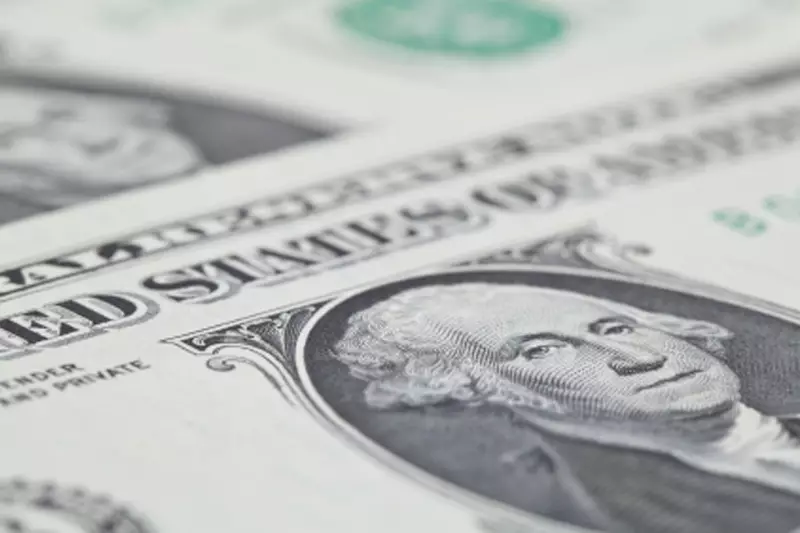In a development that sent tremors through the financial markets, the U.S. dollar experienced significant declines following President Donald Trump’s remarks regarding tariffs and trade policy. On a day characterized by uncertainty, traders welcomed Trump’s decision to delay the imposition of new tariffs and to investigate trade imbalances cautiously. This communication paved the way for a bullish reaction from currencies closely tied to international trade, mitigating fears of an aggressive protectionist stance.
The immediate aftermath of Trump’s statements witnessed a notable drop in the yield of the 10-year Treasury bonds, which fell by six basis points to rest at 4.56%. The market had anticipated potential inflationary pressures stemming from a sudden influx of tariffs, leading many investors to err on the side of caution. Thus, the lack of immediate action in terms of tariffs was perceived as a relief.
The inaugural address by President Trump hinted at a shift towards an expansionist foreign policy, touching upon topics such as immigration and energy crises, yet the surprisingly subdued mention of tariffs resonated deeply within financial circles. Rather than committing to a strident reform agenda, Trump’s approach appeared more attuned to measured evaluations of trade policies, aligning market responses toward a stabilizing outlook.
Taylor Nugent, a senior markets economist at the National Australia Bank, supported this interpretation. He emphasized that the ambiguity surrounding tariffs indicates a gradual rather than a universal application of these regulations. This nuanced approach suggests a conscious effort to avoid debilitating economic repercussions that could arise from stringent trade measures, thereby sustaining investor confidence.
The psychological impact of Trump’s statements was palpably felt across the forex markets, with the dollar index plunging 1.2% in a remarkable session—the largest single-day dip since late 2023. It managed to settle at 108.010, hovering just above significant support levels. Against this backdrop, the euro strengthened to $1.0421, representing a 1.4% overnight gain, as traders recalibrated their currency strategies in response to the evolving trade dialogue.
Notably, the tensions surrounding potential tariffs aimed at China and the European Union—both major trading partners for the United States—further influenced market dynamics. With the absence of specific measures, the dollar eased to 7.2624 yuan, marking a 1% overnight drop. Investors began positioning themselves to navigate the complexities of international trading policies, leading to gains for trade-dependent currencies like the Australian and New Zealand dollars, which rose approximately 1.5%.
The shifting rhetoric on tariffs had broader implications for U.S. monetary policy, as market sentiment turned dovish for the Federal Reserve’s interest rate trajectory. Futures contracts began incorporating expectations of an additional four basis points of easing by the end of the year, forecasting rates to reach 3.90% by December. Notably, the likelihood of a quarter-point rate cut as early as May increased to a 50% probability, reinforcing the softer monetary outlook.
ANZ analysts pointed out that there would be substantial data for financial markets to digest in the coming week. However, they asserted that if the nuances of Trump’s trade and immigration policies do not endanger existing supply chains and labor markets, it could lead to a re-evaluation of recent inflationary apprehensions.
Interestingly, Trump’s support for cryptocurrencies triggered a remarkable surge in Bitcoin’s value, pushing it to a historical high of $109,071.86 before retracting to around $102,000 in subsequent trading hours in Asia. This volatility reflects a growing recognition among investors of cryptocurrencies as an alternative asset class in times of economic uncertainty.
The current climate of trade discussions and fluctuating tariffs is complex, with the potential for lasting impacts on both global currency markets and economic policies. Investors must remain vigilant, as the interplay of political decisions and market psychology can alter the financial landscape dramatically in a matter of days.

